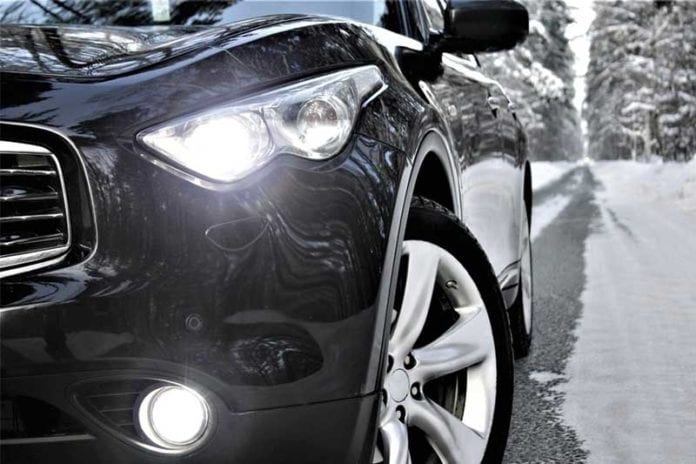“Neither rain, nor snow, nor sleet, nor hail shall keep nurses from their appointed rounds.”
Oh wait—that was supposed to be postmen, wasn’t it? One could argue that it’s really nurses who end up driving in all sorts of weather that even letter carriers wouldn’t dare tackle. Even in the dead of winter there are patients to care for and nurses to be relieved.
So, if you’re one of the unlucky nurses who has to venture out in less than ideal driving conditions, here are some winter driving safety tips.
1. Be Prepared.
While this seems obvious, it’s amazing how many people are surprised by winter’s arrival—every single year. We know that nurses are busy and juggling shift work, family and even sleep (remember that?), but we have to keep our cars ready and safe for winter driving. That means:
● A full mechanical checkup, checking the fluids (including windshield wiper fluid), brakes, heat and defrost system, lights, etc.
● Winter tires (different from snow tires, these are for winter in particular). Despite what manufacturers tell you, if your winter temperature drops below 44 degrees, you need winter tires. They are made of a softer rubber that helps grip the ice. All-season tires do not have this ability.
● Snow chains or studs if you live in areas where they are required and legal
● Winter wipers for your windows
2. Take a winter driving course.
If it’s possible, it’s in your best interest to take a winter driving course. It’s surprising how many people get their driver’s license during good weather and then experience their very first winter driving experience alone, never having had any practice. If you add in the fact that many of these winter driving firsts may be while you’re driving home after a long evening shift, or driving in for a night shift after not much sleep, you know that you might be in for a white-knuckle drive.
While winter driving courses may not be cheap, they teach you how it feels to drive on ice, slam on the brakes, steer on ice and so on. These really are invaluable skills. You may also want to check with your insurance company to see if your rates will go down if you take a winter driving safety course.
3. Make sure your car is ready to drive before pulling out.
Don’t drive an igloo or an ice cube. It’s frightening to see cars on the road that have not been cleared properly of snow or ice. The driver only took the time to clear enough snow or ice from the window so he could see straight ahead. Unfortunately, he can’t see all around the car—including pedestrians who are trying to cross at the corner. Snow or ice on top of the car roof can also fly off in a huge chunk and blind the driver behind him.
Whether or not you’re in a rush, you have to take the time to do this. All you need is:
● A good scraper
● A brush with a long handle or one that extends
● A shovel
If you’re ever in a gift exchange, usually you can get those window scrapers that have a plug for the car, so they heat up to help melt ice. They’d be a great gift to give to another nurse.
You can also purchase a large tarp-like cover that you put over your windshield and fasten down when you close your car doors. This keeps ice from forming on your front windshield.
4. Give yourself plenty of time to get to the hospital.
When you’ve been going to the same place for work for a long time, you know how long it will take you to get there. If you work a night shift, you may be tempted to push your time to the limit to get as much rest as you can. However, in bad weather, you don’t know what’s going to get in your way and you have to give yourself extra time. You may want to give yourself an extra five minutes for every 10 it usually takes you to get to work. So if it’s usually a 30-minute drive, add 15 minutes. Listening to the radio for weather and traffic updates will also give you a good idea of how long you may need to take.
Don’t forget, you may:
● Have to dig yourself out or scrape off your windows
● Need to reduce your speed
● Get stuck in snow or on ice
● Get stuck behind an accident
● Be detoured onto roads deemed safer by police or highway patrol
When a driver is rushed, it’s easy to make driving mistakes. So leave yourself the gift of time.
5. Invest in a car cell phone charger.
If the weather and road conditions have convinced you to leave for work earlier than you had planned, you may not have time to charge your cell phone before you leave. To ensure you always have a full charge, you could invest in a cell phone car charger. This way, you can safely recharge your phone as you drive and you should be able to call for help if the need arises.
If you find yourself making slower progress than you thought you would, rather than rushing to get to work, pull over and call the hospital—let the off-going shift know that you’re on your way, but you’d like to get there alive so you can be sure to relieve them rather than get into an accident.
What are your winter driving tips? Share in the comments section below.
This article was republished with permission from SCRUBS Magazine.

